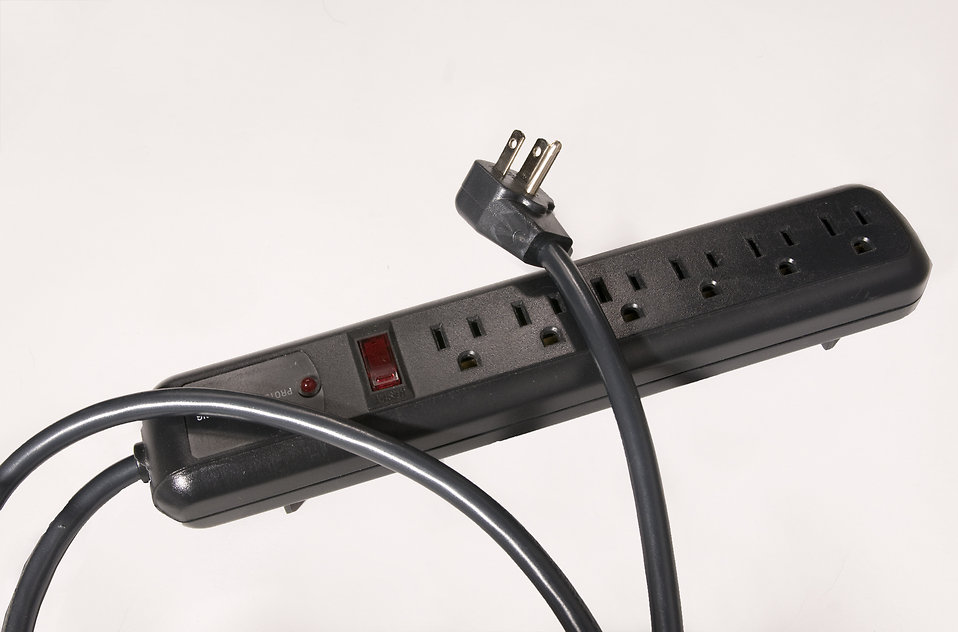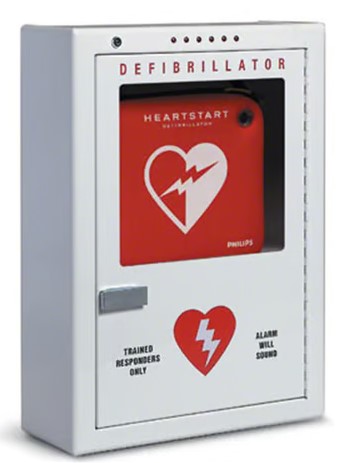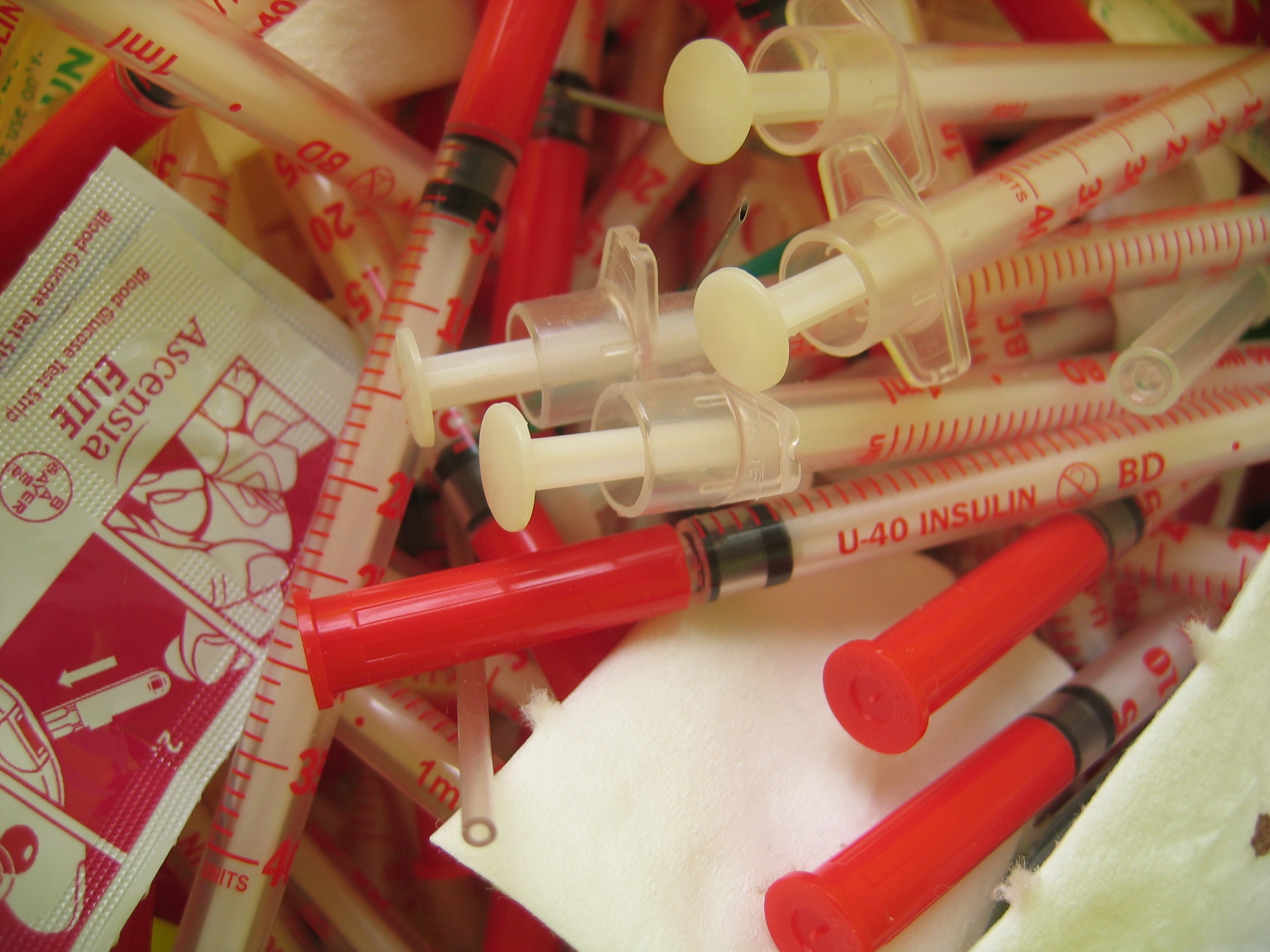Installing Equipment, Furnishings and Fixtures in UW Buildings
University departments and units must follow the guidance in the Installing Equipment, Furnishings and Fixtures in UW Buildings Focus Sheet to avoid potential exposures to regulated building materials.
Lead Design Guide
Electrical Safety

Updated October 7, 2024
The UW Electrical Safety Program establishes the key requirements to ensure the safety of University personnel and prevent personal injury that could result from conducting work on electrical systems between 50 and 600 volts (V).
Emergency Procedures
Updated February 7, 2025
Environmental Health & Safety (EH&S) offers resources to help the campus community prepare for various types of emergencies that may arise.
Additional information about responding to emergencies and conducting evacuation drills is available on the Building Evacuation and Fire Drills page.
Automated External Defibrillators

Updated April 12, 2024
Automated external defibrillators (AEDs) are electronic devices designed to recognize cardiac arrhythmias and treat them through defibrillation, an electrical shock that allows the heart to reestablish its proper rhythm.
Laboratory Animal Allergy Focus Sheet
Laboratory animal allergens can pose a serious health concern for those who work with or near animals.
General Autoclave Safety
Use the General Autoclave Safety document to familiarize yourself with the hazards involved with operating an autoclave. Learn how to protect yourself before operating an autoclave. These general autoclave safety guidelines need to be reviewed by any person that operates an autoclave for any reason.
Exposure Response Poster
Use the Exposure Response Poster as a guide for responding to a biological, chemical or radiological exposure.
Post in your lab alongside the Spill Response Poster.
Sharps and Lab Glass Waste

Sharps waste is regulated by state law and requires special handling. Sharps are instruments used to puncture or cut body parts. In a waste container, sharps can cause cuts, punctures and potential exposure to waste handlers.
Laboratory glass and plastic waste are not technically sharps but can puncture regular waste bags and injure waste handlers. The rules for packaging and disposal of laboratory glass and plastic waste differ depending on whether or not the items are contaminated.